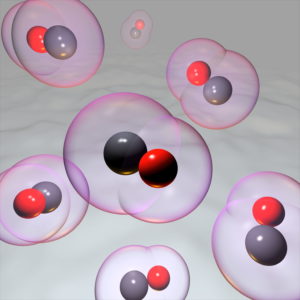A novel method for carbon monoxide detection and sensing

Carbon monoxide sensing
Carbon monoxide (CO) is a harmful gas that is released into the atmosphere as a result of the incomplete burning of carbon-containing fuels. Sensors that can detect CO presence in the air are in high demand for homes and industrial settings, as well as for environmental air quality monitoring.
The market
CO emissions have rapidly increased in recent years as a result of urbanisation and industrialisation, with workplace safety regulations primarily driving the growth of the carbon monoxide sensors market.
The CO detectors market was evaluated at $504.856 million in 2019 and projected to grow at a CAGR of 4.21% to reach a market size of $673.626 million by 2026. The largest share of the CO sensor market is held by the oil and gas industry.
Devices used for individual safety need to be fast, selective, and highly sensitive to ensure that dangerous levels of exposure to humans do not occur. Other desirable qualities for CO sensors are cost effectiveness, ease of use, and their ability to work at ambient temperature.
Oxford technology
Most commercial CO sensors are based on electrochemical methods or metal-oxide semiconductors (MOS). As an alternative to these methods, the development of chromogenic sensing systems for CO detection at poisonous concentrations is of great importance.
The colourimetric method has many advantages as it is portable, economical, and fast. Researchers at Oxford have developed a novel class of metal-free organic compounds that combine a Frustrated Lewis Pair (FLP), for sensing of CO.
These compounds have applications in colourimetric sensing, which offer several advantages over existing technologies:
- Compounds bind to carbon monoxide at room temperature.
- The reaction is reversible by raising to slightly above room temperature, unlike the majority of transition metal based systems
- Detection is instantaneous, making them suitable for real-time sensing
- Oxford-developed FLPs are metal-free, which makes the detector low-cost and non-toxic
- Highly selective because sensing is based on chemical binding rather than on physical properties
Oxford University Innovation has filed a patent application and is looking for potential partners to aid in the commercialisation of the technology.
about this technology

